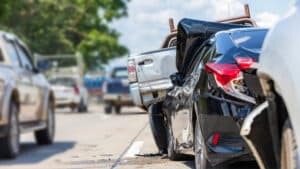The National Highway Traffic Safety Administration released two new studies regarding impaired drivers on American roads. One study, the National Roadside Survey of Alcohol and Drug Use has been conducted five times since 1973. The other study concerned the risk presented by alcohol and drug use by drivers. Together, the studies provide important information for those concerned with improving highway safety and reducing deadly car accidents.
The Roadside Survey gathered responses from more than 9,000 anonymous drivers at 300 locations around the nation. The results were good news in the battle against drunk driving. Since 1973, the proportion of drivers with a measureable amount of alcohol in their systems has declined by 77 percent. The proportion of drivers with blood alcohol levels higher than .08 during weekend nighttime hours (when most DUI accidents occur) has dropped 80 percent since 1973. Both figures were also down since the survey was last conducted in 2007.
The second sturdy concerning crash risk found a clear connection between alcohol and car accidents. Drivers testing at .08 crashed at four times the rate of sober drivers. Drivers testing at .15 had 12 times as many crashes as sober drivers. The connection between marijuana and car accidents was less clear. While marijuana users suffered higher crash rates than the population as a whole, once age, gender and alcohol use were factored in, the crash risk was roughly the same as those not using marijuana. The impact of marijuana on driving ability is of growing concern, given changes in the laws of some states allowing its use by adults.
Source: NHTSA, “NHTSA Releases Two New Studies on Impaired Driving on U.S. Roads,” March 2015










